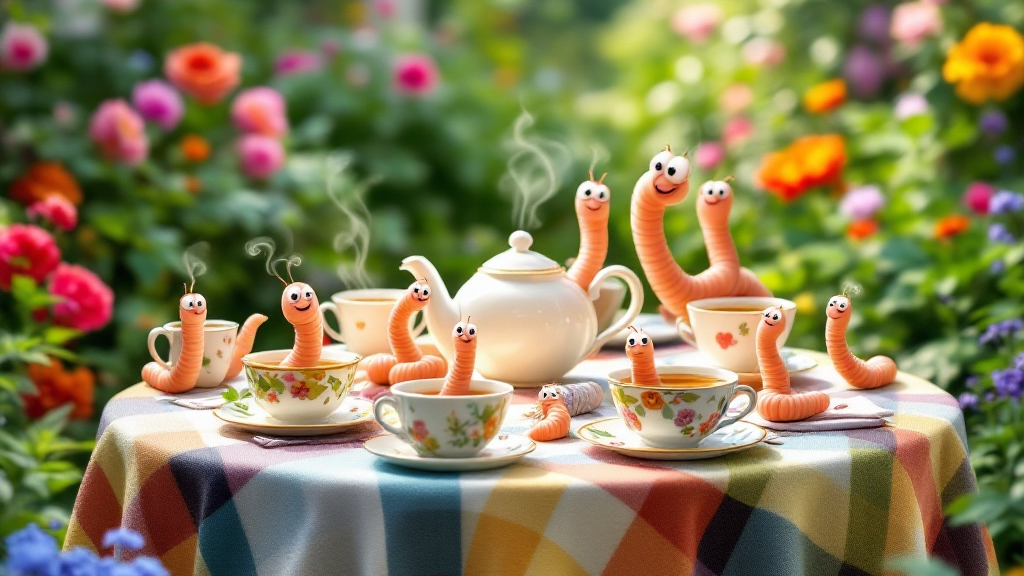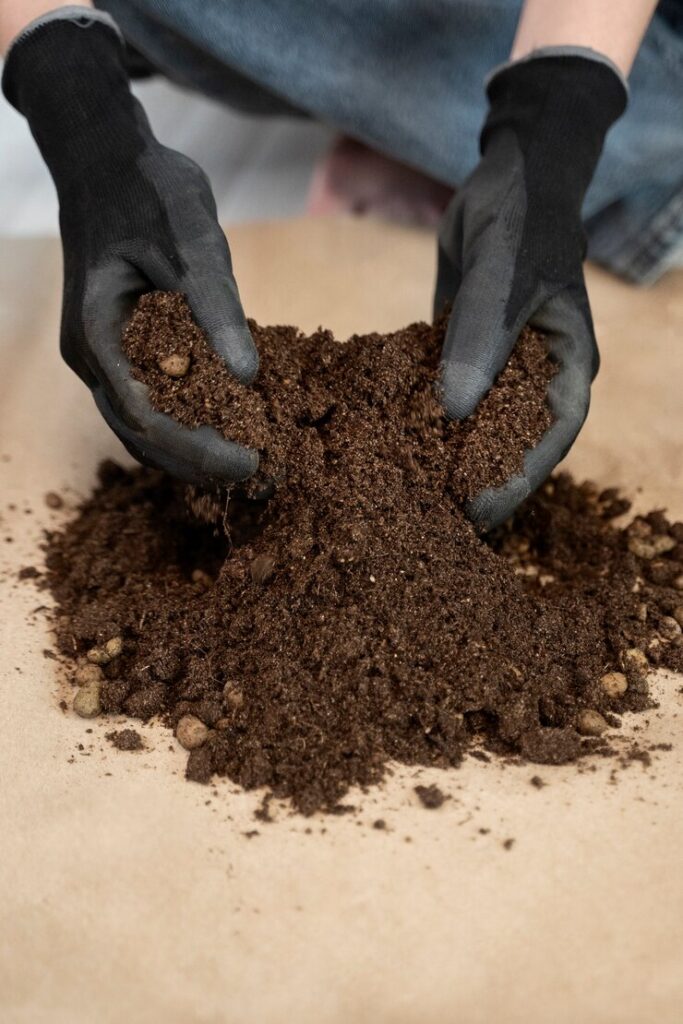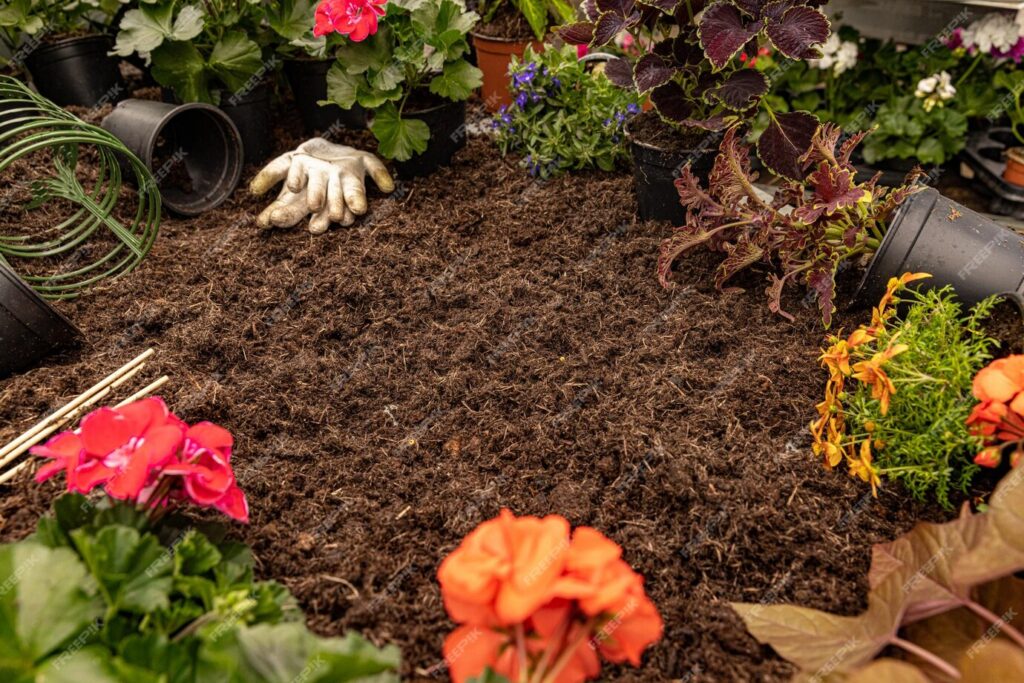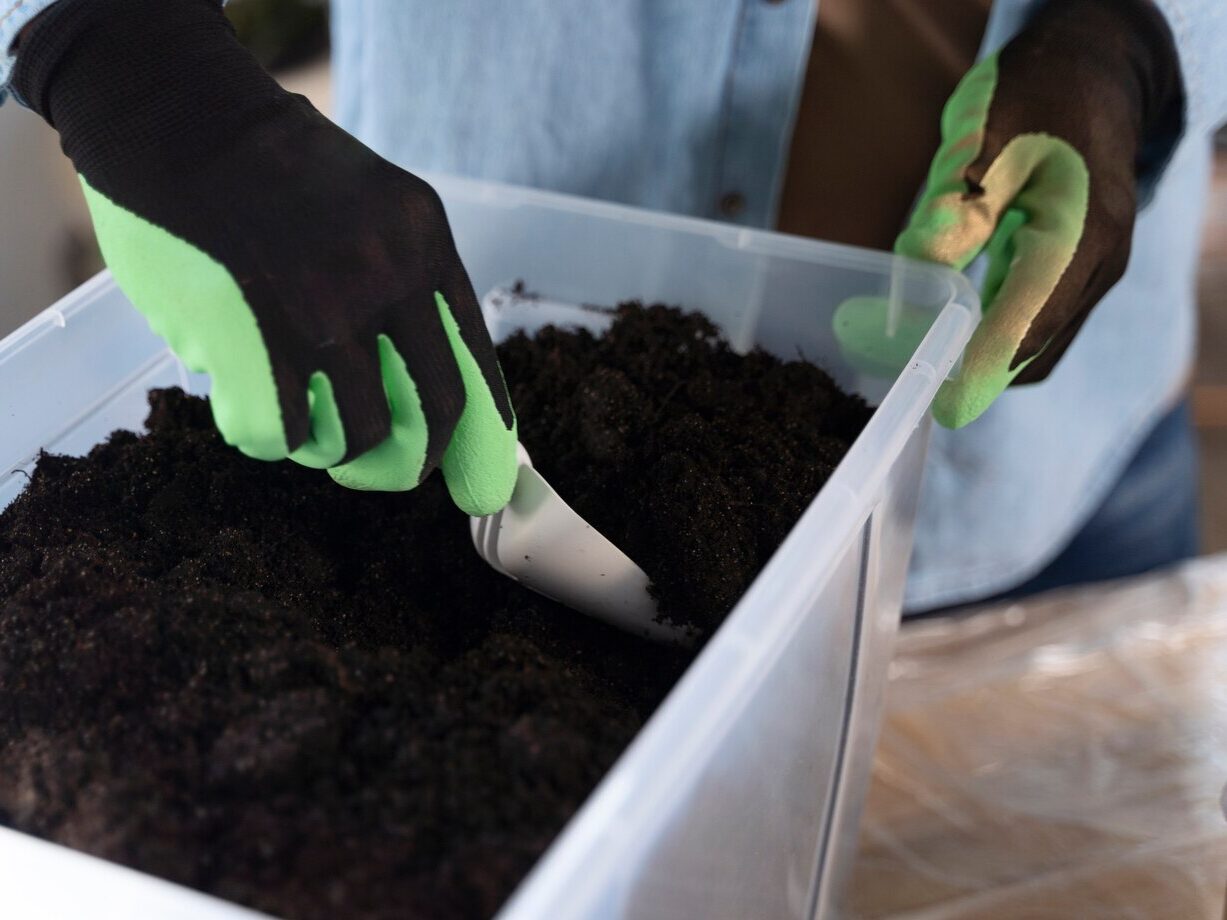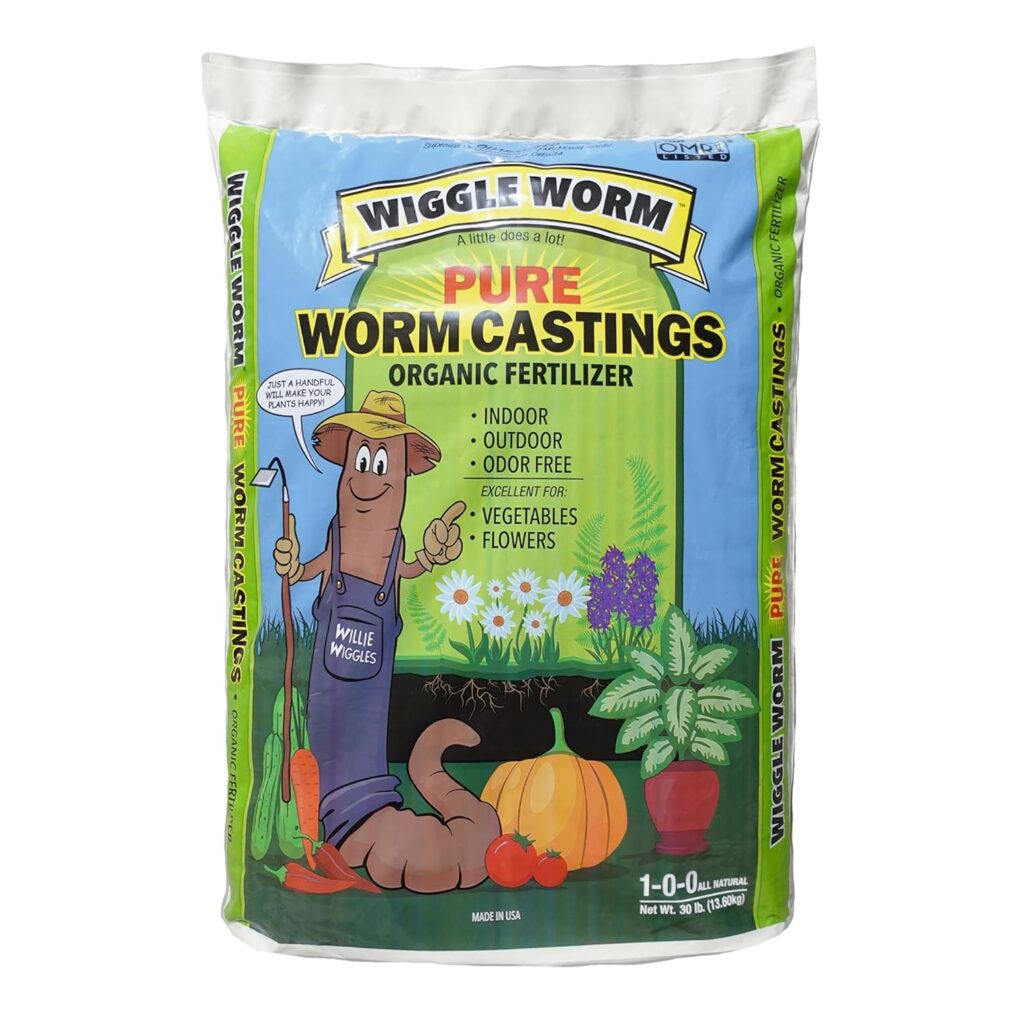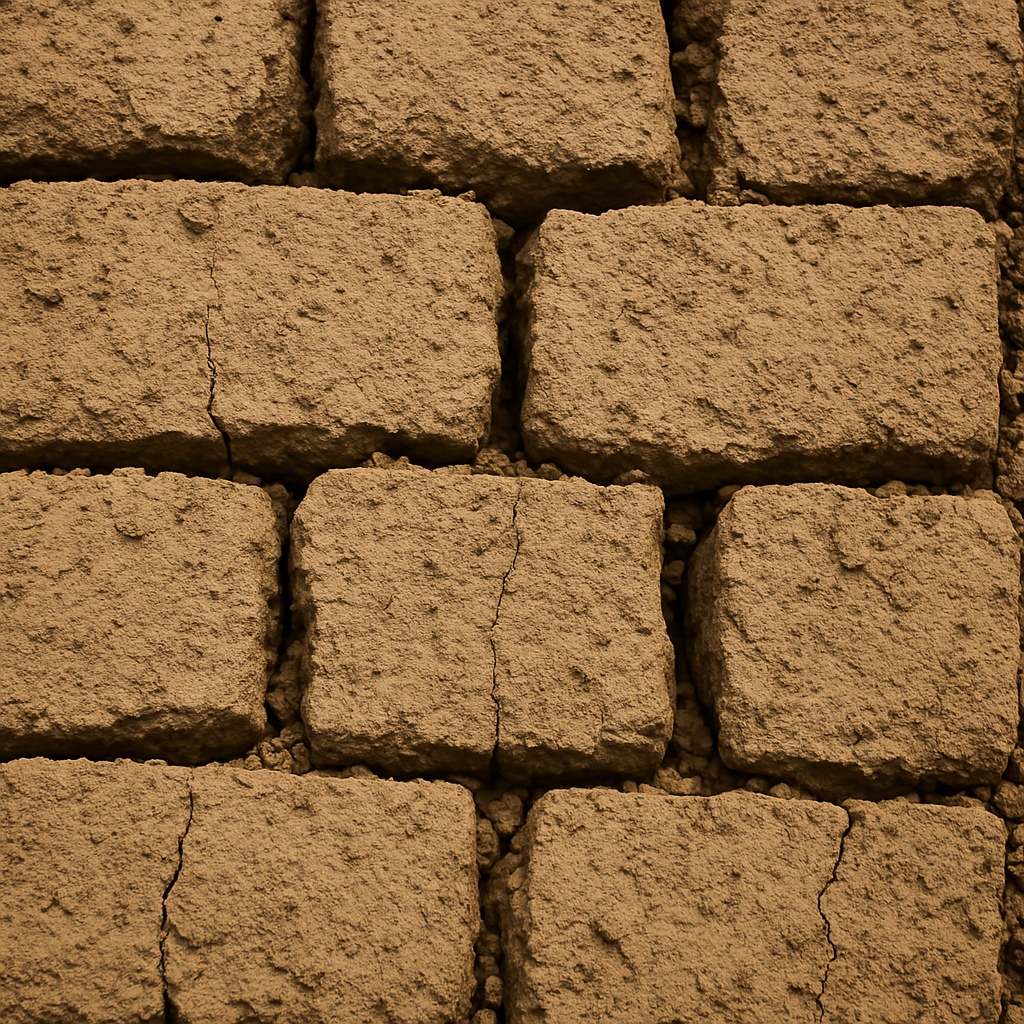
If you’ve ever tried gardening in clay soil, you know the struggle—waterlogging when it’s wet, brick-like when it’s dry.
But don’t worry, with patience, the right approach, and the help of organic matter like worm castings, clay soil can be transformed into a fertile, workable growing medium.
So, how exactly does adding organic matter help? Think of organic matter as nature’s sponge. It holds moisture when needed but also allows excess water to drain, which is vital for plant roots. More importantly for clay soil, organic matter helps bind those tiny particles into larger clumps, creating a crumbly, open texture—also known as good tilth. This reduces compaction, improves drainage, and eliminates that sticky, muddy consistency that clay soil is known for.
Enter worm castings—one of the best forms of organic matter you can add. Worm castings are essentially worm poop, but don’t let that turn you off—they’re rich in nutrients and beneficial microbes. As worms digest organic material, they leave behind castings that help form soil aggregates (those nice clumps we want). These castings also add essential nutrients like nitrogen, promoting the growth of plants, beneficial bacteria, and fungi. A healthy, living soil teeming with microorganisms is key to breaking down clay’s dense structure.
However, it’s important to create conditions where worms and microbes can thrive. Simply tossing a bunch of worms into compacted clay and expecting miracles won’t work—worms will just crawl away in search of better soil. Start by lightly mixing organic matter, such as compost or worm castings, into the top 6 inches of your soil. Don’t go too deep—overworking the clay can bring up even more compacted material and make things worse. Instead, layer more organic matter on top and let nature do its work over time. As the soil improves, worms will naturally be drawn to it and help spread nutrients deeper into the soil.
To speed up this process, consider using compost tea. This liquid extract of compost or worm castings is rich in microbial life and soaks easily into clay, enhancing its structure and fertility. You can also add coarse sand gradually (not fine sand, which makes things worse) to improve texture—but always in combination with organic material. And don’t forget to test your soil’s pH! Extreme pH levels can hurt microbial activity, so amend accordingly if it’s too acidic or alkaline. With time, patience, and consistent effort, even the toughest clay soil can be turned into a thriving, productive garden bed.
